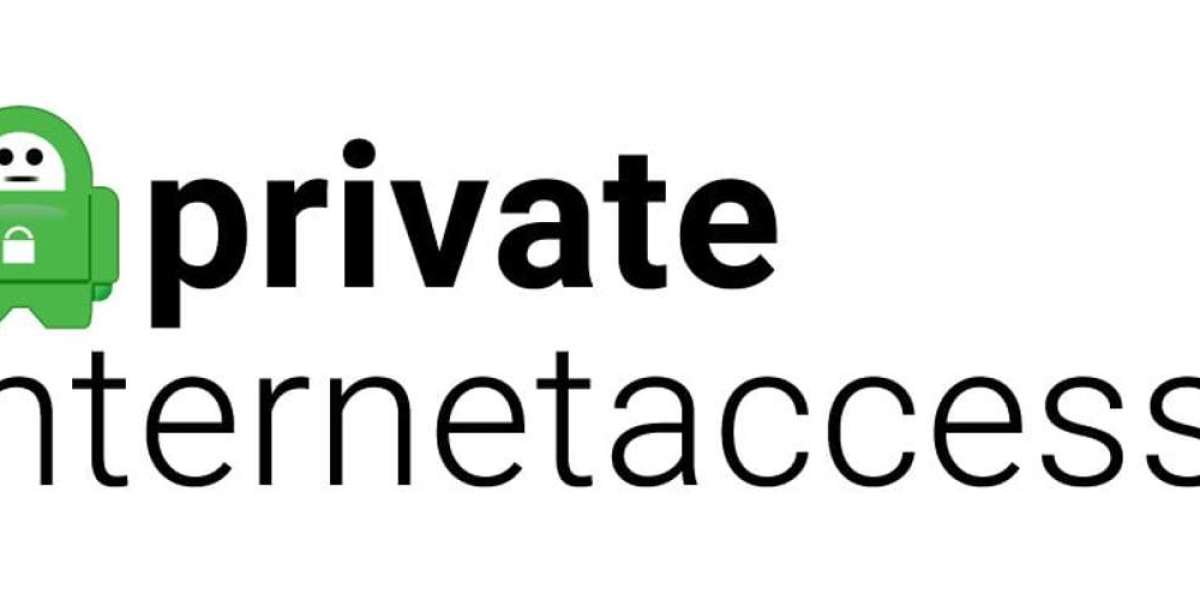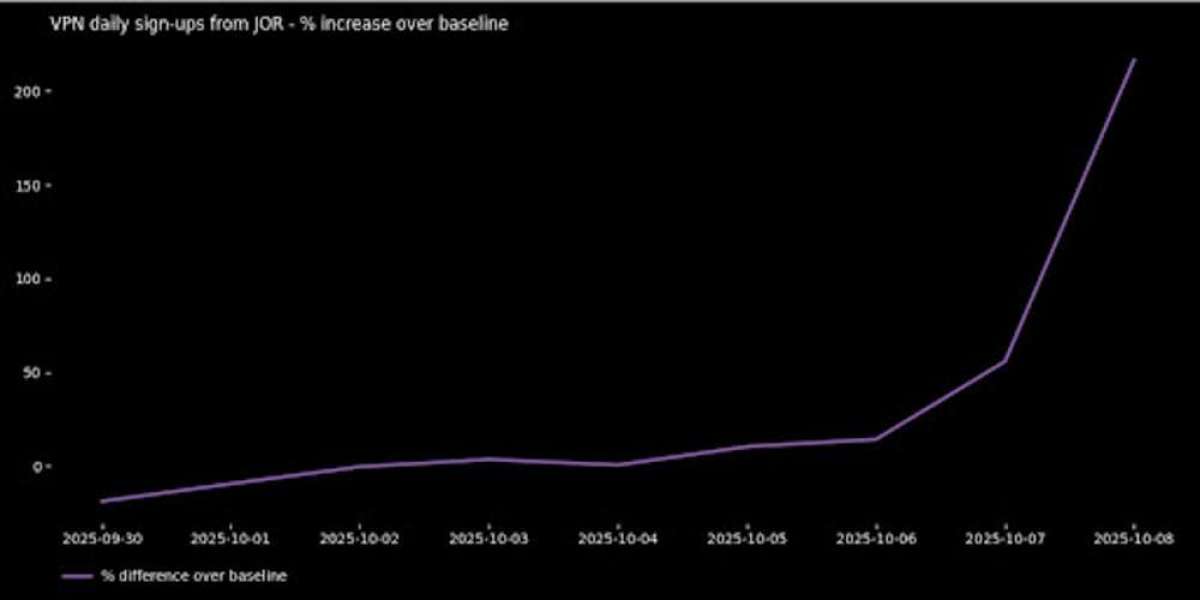What Are The Side Effects Of Metandienone?
### 1 – Overview of Anabolic‑Steroid Use in Athletes
| **Aspect** | **Key Points** |
|------------|----------------|
| **Indications** | Performance‑enhancing muscle hypertrophy, increased strength, reduced recovery time. |
| **Common Regimens** | "Stacking" of testosterone analogues (e.g., nandrolone, oxandrolone) with aromatase inhibitors or selective estrogen receptor modulators to control estrogenic side effects. Cycles typically last 6–12 weeks, followed by post‑cycle therapy (PCT). |
| **Detection** | Urine and blood screening (GC‑MS, LC‑MS/MS); long‑term monitoring of steroid metabolites and endocrine biomarkers. |
### 2.2 Potential Complications in a Male Athlete
| System | Key Complications | Mechanisms | Clinical Indicators |
|--------|-------------------|------------|---------------------|
| **Endocrine** | - Hypogonadotropic hypogonadism
- Gynecomastia (estrogenic effect)
- Hypertriglyceridemia | Exogenous steroids suppress LH/FSH → ↓ testicular testosterone; aromatase converts androgens to estradiol. | Low serum T, https://de2wa.com/ high LH/FSH, elevated estradiol, enlarged breasts. |
| **Cardiovascular** | - Hypertension
- Dyslipidemia (↑ LDL, ↓ HDL)
- Atherosclerosis risk | Steroids alter lipid metabolism; increased VLDL and LDL. | Elevated BP readings, abnormal lipid panel. |
| **Metabolic** | - Insulin resistance
- Type 2 diabetes onset | Steroids impair insulin signaling in muscle/visceral tissue. | Fasting glucose >126 mg/dL, HbA1c >6.5%. |
| **Renal** | - Proteinuria (early sign)
- Chronic kidney disease progression | Steroid-induced glomerular hyperfiltration and damage. | Urinalysis shows albumin excretion rate >30 mg/day. |
---
### 4. **Key Clinical Indicators & Monitoring**
| Parameter | Typical Thresholds | Frequency |
|-----------|-------------------|-----------|
| Blood Pressure | ≥140/90 mmHg | Every visit (≥3× per year) |
| Serum Creatinine / eGFR | eGFR <60 mL/min/1.73m² or >15% decline | Every 6–12 months |
| Urine Albumin-to-Creatinine Ratio (UACR) | ≥30 mg/g | Annually (or more if abnormal) |
| Lipid Profile | LDL ≥130 mg/dL, TG ≥150 mg/dL | Annually |
| HbA1c (if diabetic) | >7% | Every 3–6 months |
### 2.5 Medication Management
- **ACEI/ARB**: Initiate at low dose; titrate to max tolerated or target dose.
- **Statin**: High-intensity if LDL ≥190 mg/dL or ASCVD risk ≥7.5%.
- **Antihypertensive**: Prefer thiazide diuretics, calcium channel blockers, ACEI/ARB for renal protection.
- **Diabetes**: Metformin first-line; consider SGLT2 inhibitors for CKD if tolerated.
---
## 3. Risk Prediction Model (Risk Score)
A simplified risk score based on the above predictors can be implemented in a clinical decision support tool.
| Variable | Points |
|----------|--------|
| Age ≥60 | +1 |
| Male sex | +1 |
| Diabetes mellitus | +2 |
| Hypertension | +2 |
| History of CVD (HF, CAD) | +3 |
| Baseline eGFR <60 ml/min/1.73 m² | +3 |
| Proteinuria >0.5 g/day | +4 |
**Total score interpretation:**
- 0–3 points: Low risk (~15% progression).
- 4–7 points: Moderate risk (~30% progression).
- ≥8 points: High risk (>45% progression).
---
### 3. Clinical Recommendations for Risk Mitigation
| **Intervention** | **Targeted Population** | **Evidence/Guideline Basis** |
|------------------|-------------------------|-----------------------------|
| **Optimal Glycemic Control (HbA1c < 7%)** | All diabetic patients | ADA Standards of Care; improved renal outcomes |
| **Blood‑Pressure Management (<130/80 mmHg)** | Patients with hypertension, CKD stages 3–4 | KDIGO 2022 CKD Guidelines; ACEi/ARB use |
| **SGLT2 Inhibitor Therapy** | Diabetic patients with eGFR ≥ 20 mL/min/1.73 m² | EMPA‑REG, CANVAS, DAPA‑CKD trials; reduces progression to ESRD |
| **RAAS Blockade (ACEi/ARB)** | Patients with albuminuria or hypertension | KDIGO 2022 CKD Guidelines; improves outcomes |
| **Lifestyle Counseling** | All patients** | Evidence supports dietary sodium restriction, weight control, exercise |
*All interventions are cost‑effective and recommended for the target age group.
---
## 4. Implementation Plan (Next 12 Months)
| Phase | Activities | Responsible Team | Timeline |
|-------|------------|------------------|----------|
| **Month 1–3** | • Create clinical pathways for CKD screening.
• Update EMR templates to capture eGFR, urine ACR.
• Draft patient education materials. | Clinical Informatics & Quality Improvement (QI) | 1–3 |
| **Month 4–6** | • Launch staff training on new protocols.
• Begin routine screening in all primary care visits for ≥65‑year-olds.
• Initiate EMR reminders. | Primary Care Physicians, Nurses, IT Support | 4–6 |
| **Month 7–9** | • Integrate patient portal messaging for test results and educational content.
• Start multidisciplinary case reviews for patients with CKD stage ≥3. | Endocrinology, Nephrology, Dietitians | 7–9 |
| **Month 10–12** | • Evaluate outcomes: % of screened patients, detection rate, referral rates, patient engagement metrics.
- Adjust workflow based on feedback.
- Plan for scaling to other age groups. | Quality Improvement Team | 10–12 |
---
## ? Expected Outcomes
| Metric | Target |
|--------|--------|
| Percentage of adults ≥65 screened for kidney function in primary care | **≥80%** |
| Early detection (CKD stages 1‑2) among high‑risk patients | **>20% increase** over baseline |
| Time from abnormal result to nephrology referral | < **30 days** |
| Patient understanding of their kidney health status | **≥70%** reporting confidence in managing risk |
---
## ? Implementation Checklist
- Update EMR to auto‑prompt creatinine and eGFR orders for eligible patients.
- Provide clinicians with a one‑page "Kidney Health Summary" template.
- Train staff on communication strategies for explaining eGFR results.
- Set up quality metrics in the dashboard: test rates, abnormal result follow‑up times, referral gaps.
---
## ? Takeaway
**Early detection is the key to preventing kidney disease.** By integrating routine creatinine testing and eGFR monitoring into standard care, we empower patients with actionable information—often before they notice any symptoms. Let’s make kidney health a priority in every visit, not an afterthought.
*Your next patient could be on the path to early intervention—and you have the tools to spot it.*
---
**Ready to get started?**
Check out our quick reference guide for setting up creatinine panels and eGFR calculations in your electronic health record. If you have questions, drop by the clinic’s quality improvement office or send an email to `kidneyhealth@clinic.org`.
Thank you for championing proactive care!








